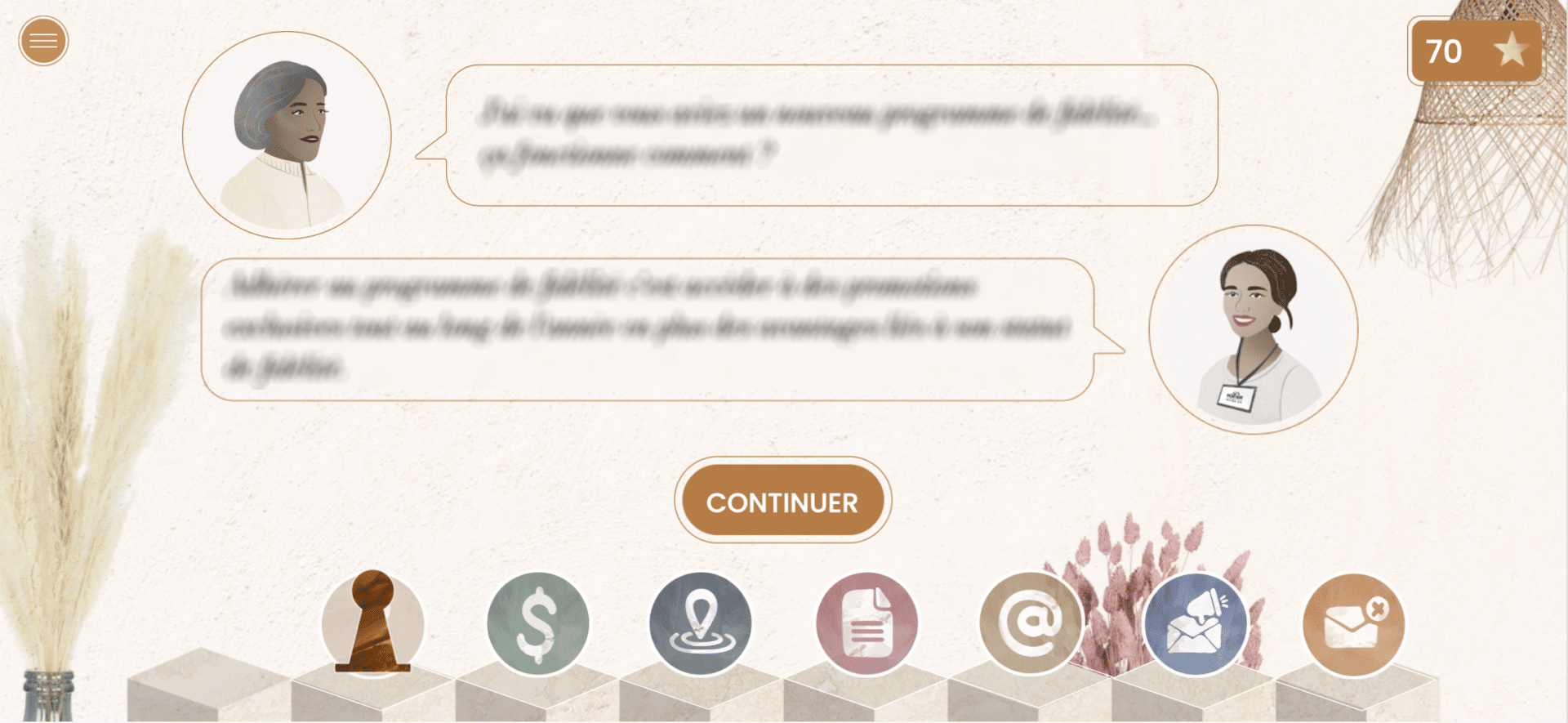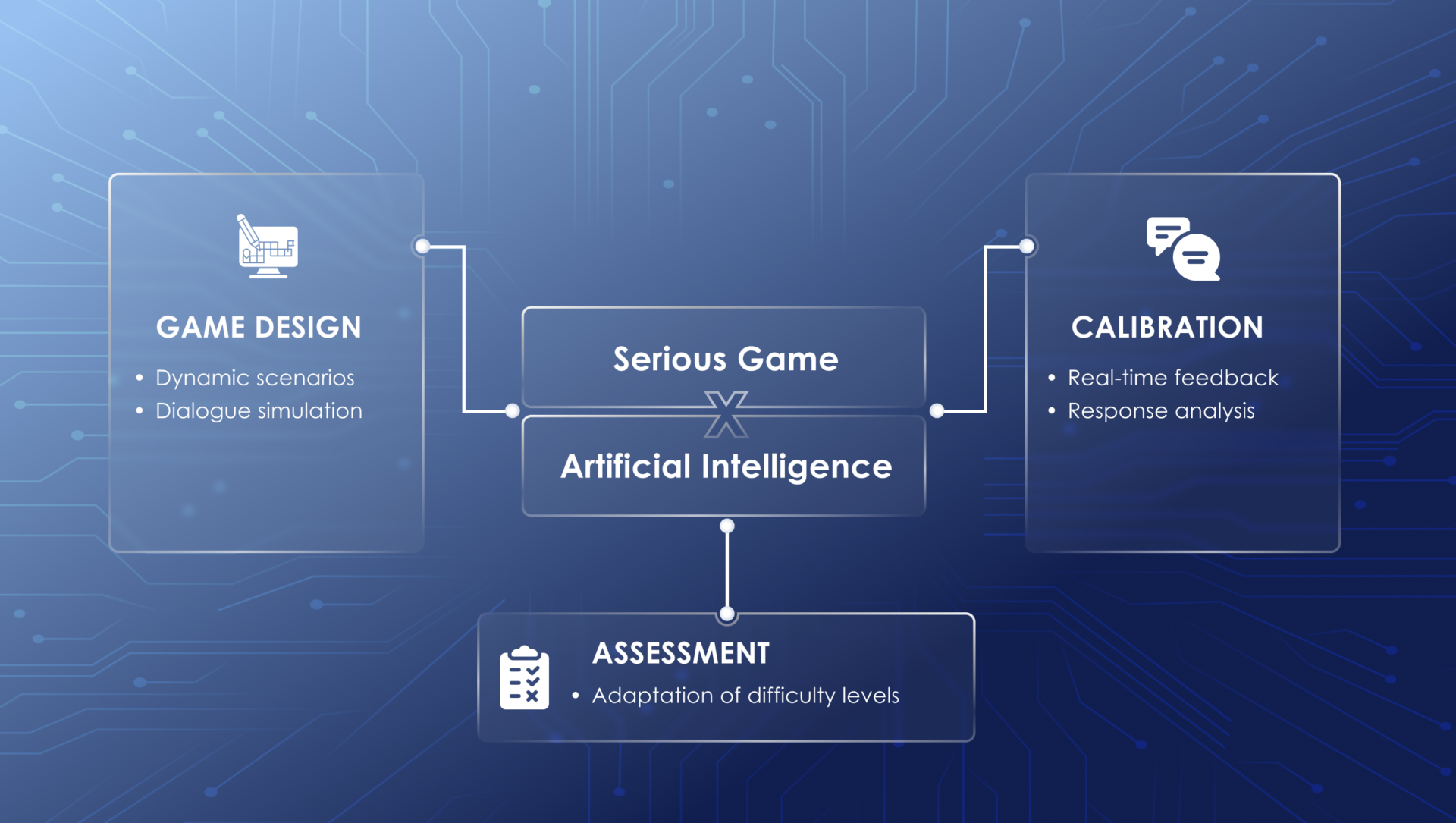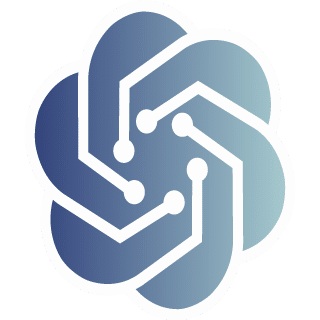Digital Learning

Transforming the future of training
Digital learning is revolutionizing professional training by combining digital technologies with innovative teaching methods. This approach enables flexible, personalized and effective learning that meets the changing needs of companies and learners. Find out how digital learning is transforming skills acquisition and opening up new prospects for continuing training in the digital age.

What is digital learning?
Definition and fundamental principles
Digital learning encompasses the use of a variety of digital tools to enhance the learning experience. This instructional approach is based on media such as interactive videos, serious games and mobile applications.
It aims to make the acquisition of knowledge more engaging and personalised. The key principles of digital learning include:
- Accessibility of content at all times
- Adapting the pace of learning to individual needs
- Gamification to stimulate engagement

For this last point, here are some suggested formats for gamifying digital learning:
Differences between e-learning and digital learning
Digital learning goes beyond simple e-learning by offering a multimodal approach to learning. Unlike e-learning, which is often limited to online courses, digital learning integrates various technologies and teaching methods.
For example, a digital learning programme may combine:
- Traditional e-learning modules
- Virtual classroom sessions
- Serious games for hands-on practice
- Microlearning via a mobile application
This diversity makes it possible to adapt to the learning preferences of each employee and maintain their commitment over the long term. Digital learning also makes it easier to integrate training into the day-to-day workflow, encouraging the continuous development of skills.

Benefits for learners and companies
Digital learning offers substantial benefits to learners and organisations alike. For employees, it enables flexible learning adapted to their pace and specific needs. The possibility of distance learning reduces logistical constraints and encourages a better work-life balance.
For companies, digital learning optimises training costs while improving efficiency. It makes it easier to accurately monitor progress and analyse results using the data collected. This approach supports digital transformation and reinforces the culture of continuous learning that is essential if we are to remain competitive.
Here’s a concrete example: a company reduced its training expenditure by 30% while increasing the completion rate by 25% thanks to a mobile microlearning platform.
Digital learning methods
Online training and MOOCs
MOOCs (Massive Open Online Courses) represent a major innovation in the digital learning landscape. These massive courses, open to all, enable thousands of learners from all over the world to follow high-quality training courses simultaneously.
MOOCs encourage collaborative learning through discussion forums and peer assessment. They offer maximum flexibility, allowing participants to follow the course at their own pace. For companies, MOOCs are a valuable resource for training their employees in specific skills or emerging subjects.
Blended learning: combining face-to-face and digital learning
Blended learning offers unrivalled flexibility to learners and organisations. This approach alternates between face-to-face sessions and online modules, adapting to different learning styles.
Participants can deepen their theoretical knowledge via digital resources before applying what they have learned in practical workshops. This method encourages better retention of information and practical application of skills.
A convincing example: one company reported a 40% increase in employee satisfaction after adopting a blended learning programme for its leadership training. This approach reduced the time spent away from the office while improving participant engagement.

Mobile learning and nomadic learning
Mobile learning is revolutionising professional training by providing instant access to learning resources. Learners can consult their modules on their smartphone while on the move or between meetings. This approach is perfectly suited to the busy schedules of road warriors.
Microlearning applications deliver short, punchy content, optimised for small screens. For example :
- 5-minute interactive quizzes on new products
- 2-3 minute tutorial videos on sales techniques
- Flashcards to review key training points
A corporate social network integrated into the mobile learning platform stimulates exchanges between peers and the sharing of best practice. This synergy between mobility and collaboration reinforces the long-term retention of knowledge.
Digital learning tools and technologies
LMS (Learning Management System) platforms
LMS platforms are the technological heart of digital learning in companies. These sophisticated systems make it possible to centralise training administration and optimise learner follow-up.
A high-performance LMS integrates key functionalities such as:
- Managing enrolments and individualised learning paths
- Deployment of interactive multimedia content
- Detailed performance analysis via dashboards
For example, some platforms use artificial intelligence to recommend modules tailored to each user’s profile. This advanced personalisation boosts learning engagement and effectiveness.
Modern LMSs also facilitate the integration of third-party tools such as simulators or serious games, enriching the learning experience.

Designing interactive content
The creation of stimulating interactive content is a key element of digital learning. Instructional designers use authoring tools such as Articulate Storyline or Adobe Captivate to develop interaction-rich modules.
These software packages offer advanced features such as:
- The creation of adaptive scenarios
- Integration of puzzles and games
- Designing animations and simulations
- The use of interactive videos, where learners can click on on-screen elements, increases engagement.
- Animated infographics and dynamic presentations, created with tools such as Genially, add a captivating visual dimension to e-learning courses.
To optimise the experience on mobile devices, designers favour responsive design and short content in microlearning format.
Virtual and augmented reality in training
Virtual reality (VR) and augmented reality (AR) are radically transforming the professional training experience. These immersive technologies immerse learners in simulated environments, ideal for acquiring complex or risky technical skills.
For example, technicians can train to repair industrial equipment in VR without the risk of an accident. AR superimposes virtual information on the real world, facilitating contextual learning.
A case in point: a logistics company uses AR glasses to guide its employees in optimising storage processes, reducing errors by 40%. These tools improve knowledge retention and accelerate the learning curve, while reducing the cost of on-site training.
Digital learning in companies
Effective implementation strategies
The success of a digital learning project depends on careful planning. Start by identifying the precise training needs of your teams. Involve managers and employees from the outset to ensure their buy-in.
Choose an LMS platform suited to your organisation and train users in how it works. Create varied and attractive content, favouring short, interactive formats.
Appoint digital learning ambassadors in each department to promote its use. Set up a rewards system to encourage active participation by learners.
Regularly analyse usage statistics and gather feedback from users to adjust your strategy. Don’t hesitate to test different approaches and iterate to find the most effective formula for your company.
Measuring impact and ROI
Evaluating the return on investment of digital learning requires relevant key performance indicators (KPIs). These include module completion rates, average assessment scores and time spent on the platform.
A comparative pre/post-training analysis can be used to quantify the progress made. For example, one company reported a 15% increase in productivity after a targeted digital learning programme.
Return on Expectations (ROE) complements traditional ROI by measuring the match between the objectives set and the results obtained. This approach takes into account qualitative factors such as the improvement in the social climate or the reduction in staff turnover.
The use of advanced analytical tools facilitates the collection and interpretation of learning data, providing a clear view of the impact of digital learning on the company’s overall performance.
Success stories of French Multinational Companies
Several largest French companies have successfully adopted digital learning. Orange has deployed an e-learning platform reaching 150,000 employees in 59 countries. This initiative has led to a 30% increase in the rate of participation in training courses.
SNCF has set up a mobile microlearning programme for its 260,000 employees. The short, interactive modules have improved learner engagement by 40%.
Carrefour opted for serious game to raise digital awareness of its employees. This innovative approach has reduced the time needed to acquire key skills by 25%.
These successes demonstrate the effectiveness of digital learning in enhancing skills and boosting the performance of French companies, whatever their size or sector of activity.

Digital learning professions and skills
Digital learning project manager
The digital learning project manager coordinates the creation and deployment of online training solutions. Their technical skills include mastery of LMS platforms and instructional design tools.
This professional must excel in project management, communication and leadership in order to :
- analyse the company’s training needs
- develop appropriate learning paths
- work with business experts and technical teams
- supervise the production of digital content
Their versatility enables them to juggle teaching, technology and team management. The digital learning project manager ensures that training courses are aligned with the company’s strategic objectives, while optimising the user experience for learners.
Digital learning designer
The digital instructional designer plays a crucial role in creating effective learning content. They translate training objectives into engaging and interactive learning experiences. Their skills include
- analysing training needs
- innovative pedagogical scripting
- creating appropriate multimedia materials
This professional works closely with business experts to ensure the relevance of the content. They need to keep abreast of the latest trends in digital learning to propose innovative learning solutions.
Their creativity and ability to simplify complex concepts are essential for designing captivating training programmes that are accessible to all learners.
Digital learning manager: role and responsibilities
The digital learning manager orchestrates the digital transformation of training within the company. They draw up the digital learning strategy in line with organisational objectives.
Their tasks include
- Analysing training needs
- Selecting appropriate technologies
- Supervising content development
- Evaluating the effectiveness of programmes
This professional has expertise in digital teaching and project management. They work with the various departments to create personalised, engaging learning programmes.
Digital learning managers anticipate changes in the sector and incorporate innovations such as artificial intelligence and virtual reality into their training programmes.
The future of digital learning
Artificial intelligence and personalisation
AI is taking the personalisation of learning paths to a whole new level. Algorithms analyse the performance and preferences of each learner in real time to dynamically adjust the content and pace of training courses.
This custom approach increases engagement and learning effectiveness. For example, an AI system can identify a learner’s weaknesses and suggest targeted exercises to reinforce them.
AI also facilitates the automated creation of content tailored to the specific needs of each company. Intelligent chatbots offer personalised support 24/7, answering learners’ questions and guiding them through the course.
These advances pave the way for à la carte training, optimised for each individual.

Microlearning and continuous learning
Microlearning is establishing itself as a pillar of continuing professional development. This approach meets the need for flexibility and efficiency in modern businesses. The short learning capsules, from 2 to 5 minutes, can be easily integrated into everyday working life.
Here’s a concrete example: a distribution company set up a microlearning programme to train its employees in new health procedures. The result: 95% of employees completed the entire course in less than a week.
Microlearning encourages :
- Rapid acquisition of targeted skills
- Increased retention of key information
- Adaptation to individual learning rhythms
This method is particularly relevant for regularly updating knowledge, which is essential in a constantly changing professional environment.

Trends and innovations to look out
Adaptive learning is emerging as a promising approach to digital learning. Platforms use sophisticated algorithms to adjust the content and pace of learning in real time according to the performance of each learner.
Gamification is gaining ground, incorporating game mechanisms to stimulate engagement and motivation. Some companies have reported a 40% increase in the completion rate of training courses after the addition of fun elements.
Social learning is on the increase, encouraging the sharing of knowledge between peers via forums and online learning communities. This collaborative approach enhances information retention and encourages innovation within teams.
Predictive analysis of learning data makes it possible to anticipate training needs and optimise skills development paths throughout the company.
Depending on its complexity, it takes from 20 days to 3 months to design a tailor-made digital game for digital learning.
There is no limit of players because you own 100% of the game. You can use it as many times as you want. Our servers can welcome up to 200,000 players simultaneously.
Creating a tailor-made digital game digital for learning requires a team of more than 8 people (Game Designers, designers, developers …). The cost is available upon request through our contact form.
Results
-
Supports access to information and completion of modules.
-
Incites employees to interact with the training.
-
Develops positive conditions around learning.
-
Composition of concise performance and results reports at the end of the training.

How to play ?
Memorize the order in which the different blocks of the circle are illuminated, then reproduce it in the same order by clicking on it.
Book A Demo
Get a personalized demonstration by one of our game design experts.
Formats
 AI-based Serious Game
AI-based Serious Game
Integrate Artificial Intelligence in Serious Games for a dynamic and scalable experience
 Open World/ Metaverse
Open World/ Metaverse
Project participants into a custom-made virtual world in metaverse.
 Virtual Scavenger Hunt
Virtual Scavenger Hunt
Boost employee engagement and learning fun with a virtual scavenger hunt
 Simulation Game
Simulation Game
Reproduce situations as close to reality as possible to prepare your teams.
 Interactive Video
Interactive Video
A realistic and interactive format for players to become main characters within the plot. Will they make the right choices?
 Speed Gaming
Speed Gaming
Inspired by speed dating, bring together, at random, players from your company for a series of short ice-breaking games, to help team bonding.
 Digital Cluedo
Digital Cluedo
Inquire, question, and investigate! Cluedo mobilizes the whole team to reveal the long-awaited truth with a series of clues
 Digital Escape Room
Digital Escape Room
Players will have to search, open chests, discover new rooms, and solve a series of puzzles in a limited time.
 Physical Escape Room / Hybrid
Physical Escape Room / Hybrid
A physical or hybrid immersive escape game experience.


